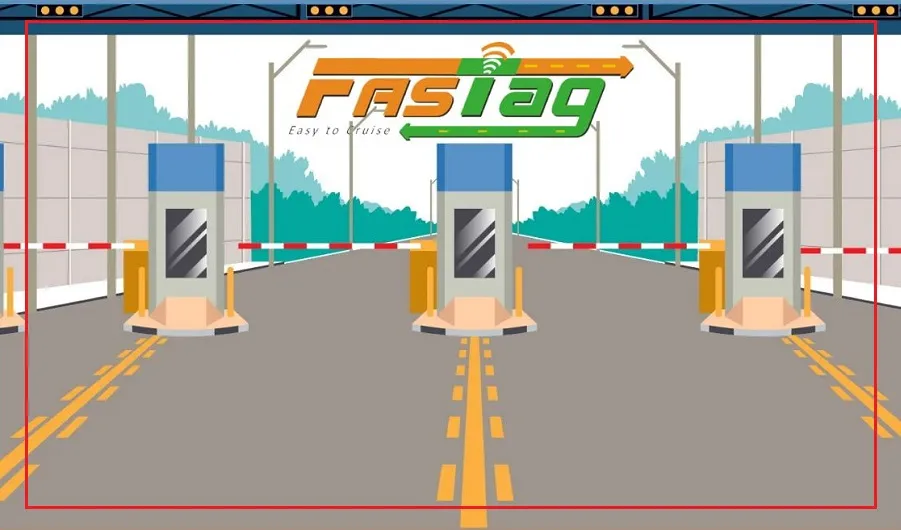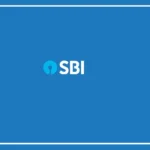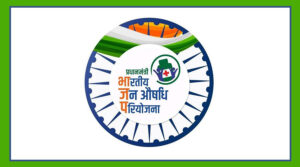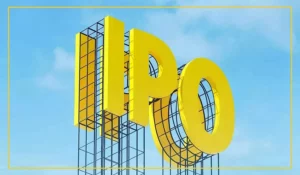To make highway travel easier and cheaper, the central government has introduced a new facility — the “FASTag Annual Pass”.
This scheme, launched by the Ministry of Road Transport and Highways, will start from August 15, 2025.
The pass, costing ₹3,000, is valid for private vehicles like cars, jeeps, and vans. With this, users can travel across NHAI-operated national highways and expressways without paying tolls each time.
The pass is valid for one year or 200 toll trips, whichever comes first.
What is the Annual FASTag Pass?
This pass allows you to cross up to 200 toll plazas or use it for one year — whichever comes earlier. After completing 200 toll crossings, the pass will expire even if the year is not over.
Where Is the Pass Valid?
The pass can be used on National Highways and NHAI Expressways, such as the Delhi-Mumbai Expressway.
It will not work on state-managed roads like:
Yamuna Expressway
Agra-Lucknow Expressway
Purvanchal Expressway
Meerut Expressway
These roads will continue to operate under the regular FASTag system.
How Will This Pass Work?
It is linked to your existing RFID-based FASTag.
It auto-activates at toll plazas within 60 km of your location.
It works only with the vehicle registered with that FASTag.
It is non-transferable — if used in another vehicle, it gets deactivated.
You do not need a new FASTag, but your Vehicle Registration Number (VRN) must be updated to activate the pass.
FASTags with only chassis numbers are not eligible.
How to Get the Pass?
The annual pass can be activated or renewed via:
Highway Travel App
NHAI website
Ministry of Transport website
A special link will be provided soon for easier access.
How Much Can You Save?
According to Union Minister Nitin Gadkari, people usually spend over ₹10,000 in tolls for 200 trips.
But with this pass, you’ll pay just ₹3,000 — ₹15 per trip on average.
If you usually pay ₹50 at each toll plaza, 200 trips would cost ₹10,000. With the annual pass, you cover the same trips for just ₹3,000 — saving a massive ₹7,000.
Who Will Benefit the Most?
Office-goers in metro cities who use highways daily.
Short-distance travellers within a 60 km range.
People who want to avoid queues and cash payments at tolls.
Why This Scheme Was Launched
To reduce traffic congestion and waiting time at toll plazas.
To promote digital payments.
To make travel on national highways smoother and more affordable.
What’s Coming Next?
The government is also planning a barrier-free toll collection system.
This will use ANPR (Automatic Number Plate Recognition) technology to scan vehicle number plates and collect toll without stopping the vehicle. Trials for this system are already running on select highways.
























